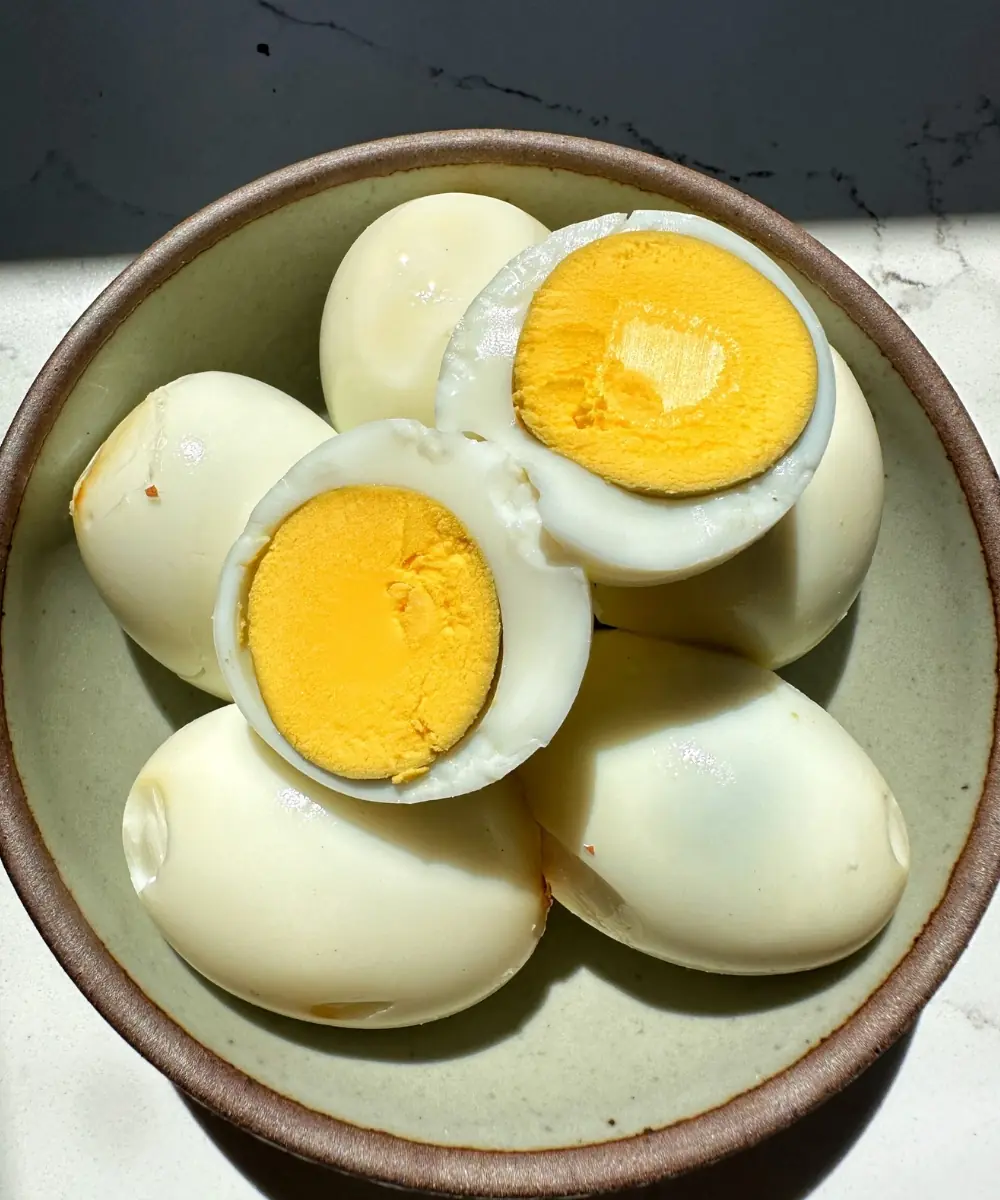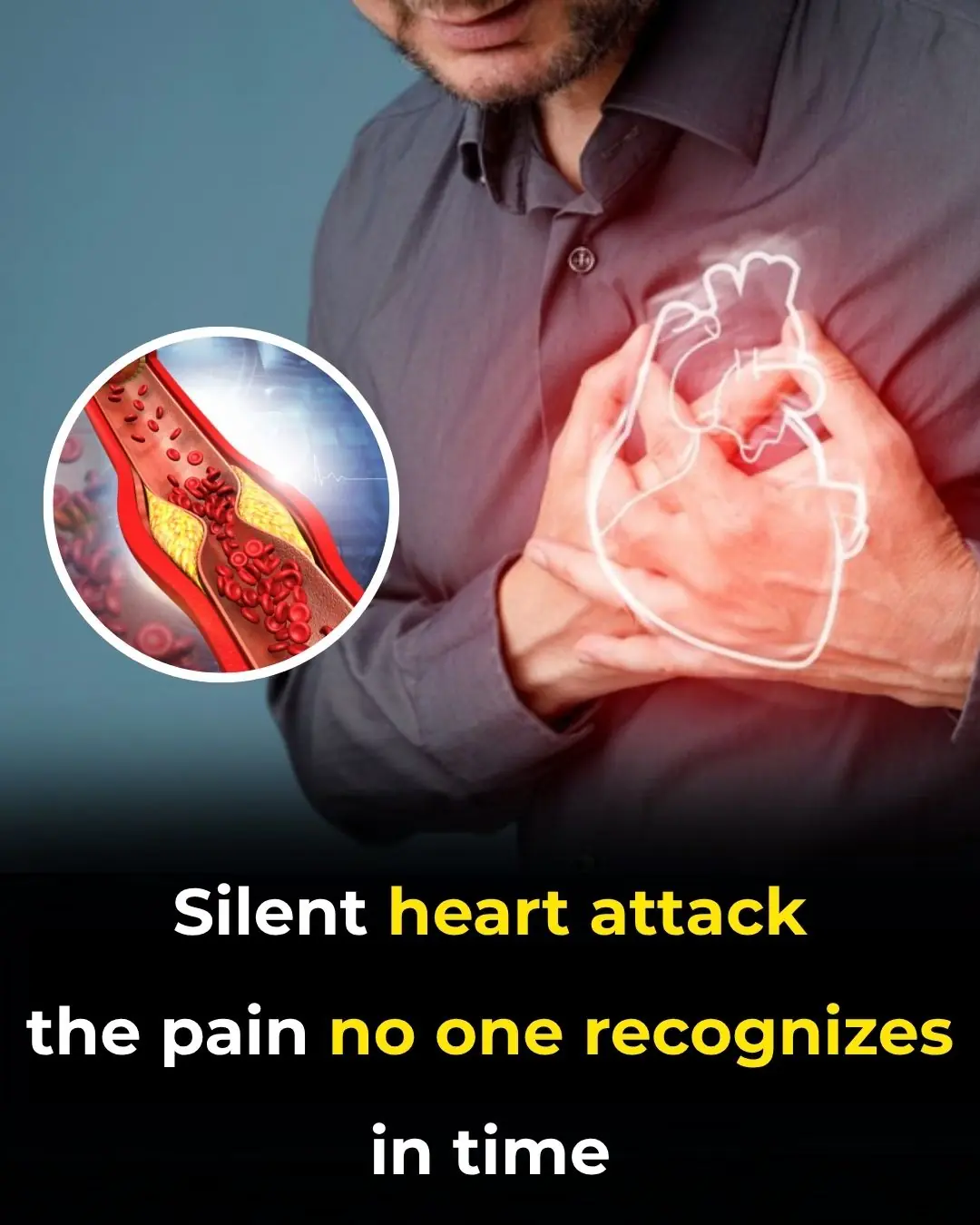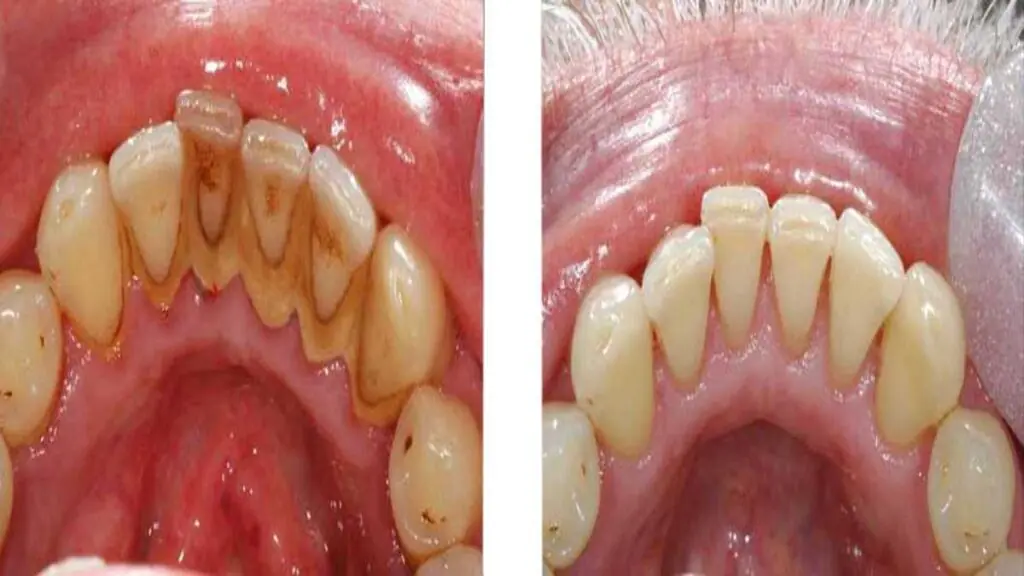
Save millions every year

These devices consume a certain amount of energy even when not in use. Therefore, unplugging them after use can help save electricity and reduce expenses.
Electronic devices are essential in our daily lives, but the monthly electricity bills they generate can be a headache for many households. Learning to use these devices more efficiently not only saves money but also extends their lifespan.
It may come as a surprise, but many electrical devices remain on "standby mode" when not in use yet still plugged in, allowing them to start up quickly when needed. However, even in standby mode, these devices still consume electricity.
Statistics show that standby power consumption accounts for around 2% of global electricity use and 1% of total CO2 emissions. In the U.S., the Department of Energy advises households that unplugging electrical devices when not in use can save an average of $100 annually.
Here are some devices you should consider unplugging when not in use:
1. TV
Most TV manufacturers no longer include a full shutdown state, so turning off with the remote only puts the TV in standby mode to enable faster startup.
Research by EcoCostSavings shows that TVs in standby mode consume between 2.25% and 5% of the power they use when fully on. Power usage varies by model and manufacturer, so you may want to check your product’s specifications.
2. Range Hood
While the power consumed by a range hood in standby mode is relatively low, this device is typically used for very short periods each day and sometimes not at all, while still remaining plugged in. Over time, this standby consumption can add up.
Additionally, leaving the range hood plugged in for extended periods without use could pose a potential safety risk.
3. Air Conditioner
Leaving the air conditioner plugged in can lead to two issues: energy waste and safety hazards. For one, an idle air conditioner still consumes the equivalent of a 15-watt light bulb’s worth of power. This standby consumption adds up, especially if you only use your air conditioner during the summer months.
Moreover, keeping it plugged in can pose safety risks during electrical surges, thunderstorms, or if insects get inside, potentially leading to short circuits or fires.
4. Smart Speakers and Smart Home Devices
When it comes to energy saving, it’s important to distinguish between energy-efficient smart features and other “smart” features (such as voice or phone control).
Devices with smart features may be more convenient to use but are not always energy-efficient. Brian Horne, technical knowledge leader at Energy Saving Trust in the U.K., points out that smart devices can consume much more energy in standby mode than their non-smart counterparts.
In a typical British home, keeping devices on standby could add about £52 ($70) annually to the household energy bill, and more if multiple connected devices like smart lights and speakers are in use.
5. Chargers
We’re all guilty of this one: leaving chargers for phones, tablets, laptops, and other devices plugged in after charging, or charging them overnight. These devices typically require only 1-3 hours to charge, so leaving them plugged in for 7-9 hours overnight is a waste of energy and poses safety risks.
Unplugging these devices after use only takes a moment but can lead to significant savings and reduce potential hazards.
News in the same category


What really happens to your body when you take LOSARTAN

Stop Eating Eggs Immediately If Your Body Shows These 8 Signs

Sarcopenia: Causes of Muscle Loss and How to Regain Strength

Yarrow: A Timeless Herbal Ally with Amazing Health Benefits

How To Use a Frozen Lemon To Fight Malignant Tumors in The Body

Top 11 Nutrients To Destroy Cancer Stem Cells

Cocoa flavanols may protect blood vessels even when you sit for hours

Major Signs You Are Magnesium Deficient (and What To Do About It!)

30 Anti-inflammatory Foods That Block Inflammation & Joint Pain (backed by science)

2 Signs of Kidney Failure: If Your Morning Urine Shows This Sign, See a Doctor Immediately

If You’re Not Using Castor Oil You’re Missing Out

How to eat bread, rice, and potatoes without blood sugar spikes

Silent heart attack — the pain no one recognizes in time

The HIDDEN cause of neck and shoulder pain nobody talks about

Health officials issue warning over ‘very contagious’ disease spreading across US state

🫁 1 Cup to Cleanse Your Lungs of Phlegm and Toxins Naturally

🧠 Nerve Damage? The 6 Best Essential Oils to Help Repair and Soothe Your Nerves

🦷 The #1 Best Remedy for Dental Plaque and Tartar Buildup (Dentist-Approved Home Method)

10 Proven Ways to Lower Uric Acid Naturally (Backed by Science)
News Post

Eat more, weigh less? 5 surprising ways foods can help you burn fat

What really happens to your body when you take LOSARTAN

Stop Eating Eggs Immediately If Your Body Shows These 8 Signs

Sarcopenia: Causes of Muscle Loss and How to Regain Strength

Yarrow: A Timeless Herbal Ally with Amazing Health Benefits

The Heartbeat of Compassion: The Unlikely Hero Who Saved a Hippo's Life

Zoo in Thailand Shut Down After Bears in Giant Hamster Balls Turn on Guests

A Pitcher’s Second Chance: How a High School Classmate Stepped Up to Save Steven Register’s Life

Rooting for Will: A Tuesday of Joy Before a Wednesday of Courage

Two Hearts That Needed Each Other.

The Mother Who Delivered More Than Food.

The Boy Who Paid for a Stranger’s Meal When No One Was Watching.

How To Use a Frozen Lemon To Fight Malignant Tumors in The Body

Can I Eat Without Hiding Now?

He Thought It Was Just Another Shift — Until a Life Was Placed in His Hands.

How to make fragrant and nutritious passion fruit peel jam

The refrigerator gasket is moldy, use this to clean it, it will be clean in just 5 minutes

How to make spicy and sour pickled cabbage to eat during Tet

Winter drink lemon honey ginger water, body 5 special benefits
